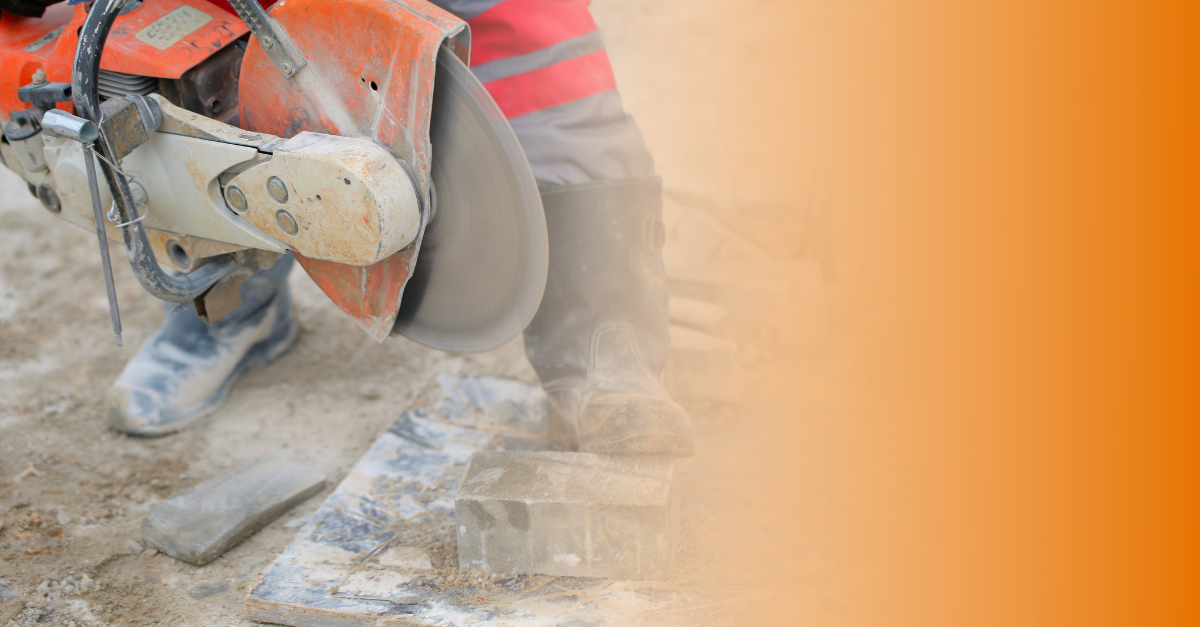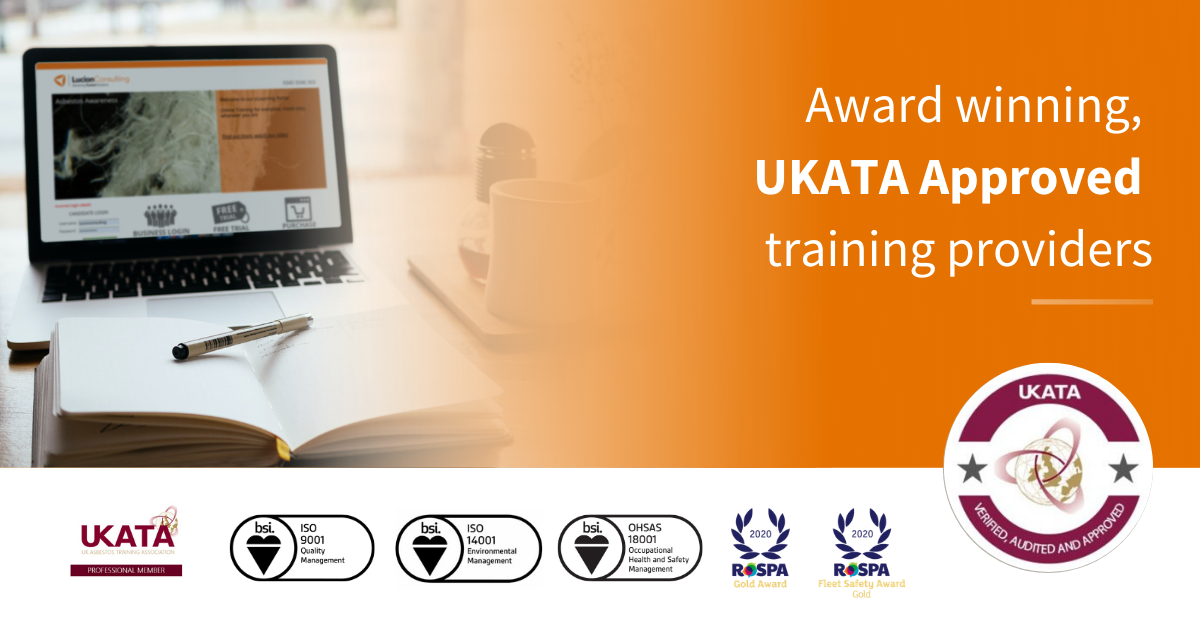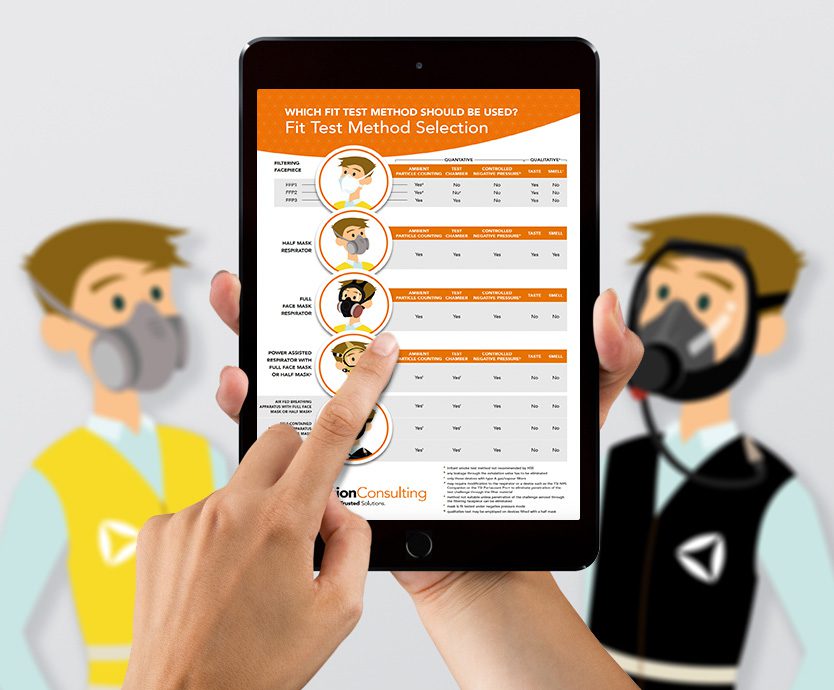HSE Cracks Down On Dust In Latest Announcement Of Impending Construction Site Inspections
30 September 2020
In light of the Health and Safety Executive’s (HSE) announcement of their intention to undertake construction site inspections from next week between Monday 5th and Friday 30th October, Lucion Consulting’s Senior Consultant and Head of CDM Services Christian McCale sheds light on what inspectors will be looking out for and advises what Designers can do to make their projects COVID safe.
What will HSE Inspectors be looking out for during their inspections?
HSE Inspectors will be interested in several things particularly, but if required will raise issues of any health and safety concern that they may encounter, including issues relating to respiratory risks. The HSE’s latest initiative is part of their strategy to improve health amongst construction workers and will specifically focus on respiratory risks as well as COVID-19 control measures on sites.
Construction dust, in particular, has been a key issue to target for HSE inspectors for a few years. For example, even risks caused by brooms, whilst the use of brooms are not banned on-site, workers should be encouraged to reduce construction dust as much as possible and encourage the use of an M class vacuum cleaner to prevent plumes of dust occurring. Alternatively, dampening dust with a water spray prior to sweeping while ensuring all operatives are wearing face fit masks, as they should for all activities where dust is produced and/or disturbed. In such cases, it is important to note that the operative undertaking the task is not the only one who should wear a face fit mask, all operatives working in the vicinity should do so also.
This may appear like overkill, however, it took decades for the industry for asbestos management today to become the 'norm'. Knowing the dangers associated with carcinogen causing dust, dust management should be at the forefront of operatives' minds.
Why is Construction Dust considered dangerous?
Different types of dust affect health in different ways. For instance, hardwood dust is carcinogenic that enters the body through the nasal cavity and can pose a cancer risk. Silica dust or quartz is produced from cutting, grinding and sanding activities and again is carcinogenic and can cause chronic lung diseases. Using the correct Personal Protective Equipment (PPE) for the work being performed, and wearing the PPE correctly, as well as implementing effective control measures, is necessary to mitigate the risks that many types of construction dust can pose workers and other individuals within the surrounding environment.
What are my Responsibilities as an Employer?
Employers have a duty of care to protect the health of their employees, but additionally, employees also have a duty to comply with companies procedures and utilise training provided by the employer relating to the correct use of PPE, as well as any other procedures and control measures implemented by the employer.
What effect has COVID-19 had on Safety Operations on Construction Sites?
COVID-19 has resulted in the requirement for construction sites to be COVID secure, another key focus for the latest HSE initiative. The Construction Leadership Council last updated its Site Operating Procedures guidance at the beginning of July. Contractors should have risk assessments and method statements in place, specific to the site, with adequate control measures for maintaining distance and cleanliness for the safety of operatives. Having undertaken a risk assessment and displaying a Staying COVID secure poster, management on-site shouldn't stop there. Employers, site managers and clients should be actively enforcing control measures, auditing for compliance, reviewing for any changes on-site, and communicating these measures to new operatives/visitors coming to the site.
What can Principal Designers do to ensure their site is COVID secure?
Contractors are quite well versed in the HSE inspection initiatives and may be familiar with the Fees For Intervention (FFI) system in place for any issues that may arise, however, what can designers do?
COVID-19 is a foreseeable risk and will be around in months to come when projects currently at the design stage could well be on site. Designers should be reviewing their designs with Clients to consider the scope of works required for the scheme. Accounting for activities where multiple trades may be working in internal spaces and in close proximity, on tasks that require more than one operative to fulfil. During project design, the Designer must consider whether these activities be omitted to eliminate the risk such as consideration of modular construction for example; can bathroom pods brought to site ready built and fitted, can natural ventilation be improved, can a reduction in partition walls create larger spaces for works?
What can Principal Designers do to reduce Construction Dust issues on-site?
Designers can also play a key part to reduce dust on site. The reduction of the need to cut materials in situ can make a big difference in the amount of dust generated on-site. It avoids waste on-site and so has a number of benefits including; environmental and sustainability benefits, reduction of the risk of cuts and abrasions to operatives, and ultimately reduces respiratory risks from breathing in construction dust.
Reductions in construction dust can, again, be achieved by considering modular construction, specifying half sheet plasterboard and certainly floor to ceiling heights and wall lengths to standard off the shelf material sizes i.e. 2400mm. Material choices such as replacing wall/floor tiles for IPS or white rock sheeting and vinyl flooring perhaps - these eliminate not only the dust from cutting of the materials but also the mixing of the adhesives and grouts.
How can Lucion Consulting help combat issue of COVID and Construction Dust on-site?
Whether you are a Principal Contractor and require assistance with independent site safety auditing or COVID-19 audits, a Principal Designer wanting to undertake a project review to identify and eliminate/reduce risks or a Client to assist in your Construction (Design and Management) (CDM) duties, please do not hesitate in contacting the Lucion Consulting to assist you in your requirements.
RPE Face Fit Test Guide
Depending on the type of work being conducted, employees identified (through risk assessments) as being at risk of exposure to hazardous dust or other respirable substances must wear suitable face-fit tested RPE.
Discover the various types of RPE and whether your RPE needs to be face-fit tested with our free download from Lucion Consulting.
_1.png)
Download From NexGen
Toolbox Talk: Construction Dust
Ensure your teams know the dangers of construction dust and what control measures and protection are required to manage the risks with this quick Toolbox Talk.
_1.png)
Download From NexGen
Tool Box Talk: Asbestos Awareness
As part of Lucion’s Take Care Be Aware initiative, we actively take care of our health and safety responsibilities, with continuous awareness of our commitments to knowledge share and educate.
In doing so we have created a ‘toolbox talk’ on asbestos awareness to raise awareness of the hazards associated with asbestos-containing materials, enabling safety professionals to share knowledge and overall save the time and effort in producing them for you and your teams.
_2.png)
Download From NexGen
 NexGen
NexGen
























